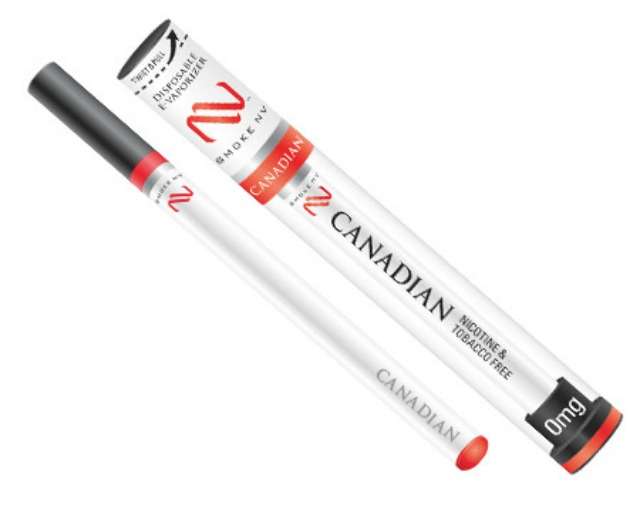FDA Says Nicotine-Free E-Liquids Are Tobacco Products in 'Certain Circumstances'
Manufacturers will have to guess which circumstances those are, because the FDA won't say.

This week, responding to one of the lawsuits challenging its e-cigarette regulations, the Food and Drug Administration (FDA) further muddied the question of whether those regulations apply to products that do not contain tobacco-derived nicotine. The lawsuit, which was brought by Nicopure, a manufacturer of e-liquids and vaping systems, argues that such a result would be unfair, illogical, and illegal. In response, the FDA says Nicopure has failed to show that any of its nicotine-free liquids are actually covered by the regulations and therefore has no standing to challenge that aspect of the rules. At the same time, the FDA concedes that "e-liquids marketed as 'nicotine-free' may properly be considered tobacco products—or components or parts thereof—under certain circumstances."
What circumstances are those? "Some e-liquids 'claiming to be nicotine-free actually contain[] high levels of nicotine," the FDA says, quoting its regulations. "Others are tobacco flavored, and are thus 'made or derived from tobacco' regardless of their nicotine content."
Does that mean e-liquids are not subject to the FDA's burdensome, prohibitively expensive regulations as long as they do not contain nicotine or any other tobacco derivative? No, because the FDA's definition of "tobacco product" does not require nicotine or any other tobacco derivative.
The Family Smoking Prevention and Tobacco Control Act, the statute that gave the FDA authority over tobacco products, defines them as products "made or derived from tobacco that [are] intended for human consumption, including any component, part, or accessory of a tobacco product." In deeming e-cigarettes to be tobacco products, the FDA defined "component or part" as "any software or assembly of materials intended or reasonably expected…to alter or affect the tobacco product's performance, composition, constituents, or characteristics" or "to be used with or for the human consumption of a tobacco product." Hence vaping equipment, whether a closed, disposable e-cigarette or an open system with a refillable tank and parts that can be switched out, is a "component or part" of a tobacco product, which means it is also a tobacco product.
Does that mean a nicotine-free e-liquid is a "component or part" of a tobacco product—i.e., the vaporizer? The FDA can't or won't give a straight answer to that question. "The only nicotine-free e-liquids that the rule brings under the FDA's regulatory authority are those that are made or derived from tobacco (such as tobacco-flavored varieties) or that otherwise meet the definition of a 'component' or 'part,'" it says. "Thus, nicotine-free e-liquids not made or derived from tobacco are subject to the deeming rule only where they meet the definition of a 'component or part.'…Whether nicotine-free e-liquids meet this definition 'will be evaluated on a case-by-case basis.'"
That means a company like Nicopure cannot know ahead of time which of its products are covered by the regulations. It can only find out by asking the FDA about each one, a process that will carry its own costs, even if they do not rise to the hundreds of thousands or millions of dollars that each "premarket tobacco product application" is expected to cost. The FDA's position is that Nicopure can't challenge the potential regulation of its nicotine-free e-liquids because it does not know whether they will actually be regulated. Never mind that it doesn't know because the FDA won't say.


Show Comments (53)